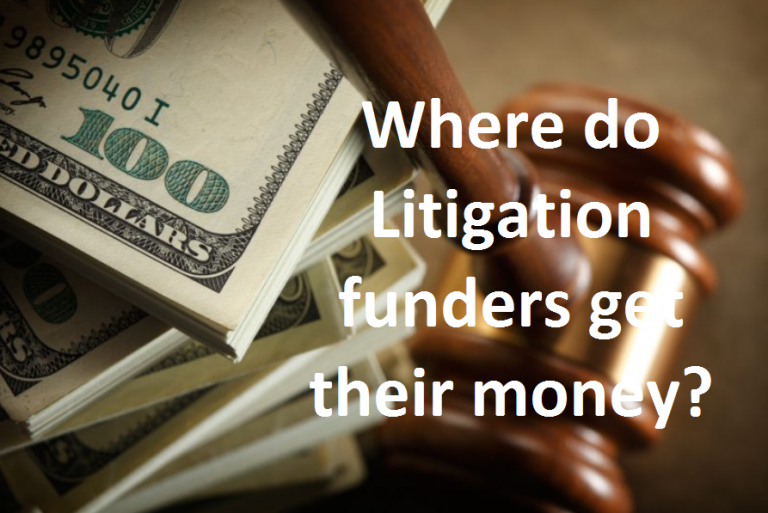Currently there are three main areas where litigation funders source capital:
Private Equity / Finance: The bulk of litigation funders raise capital through the use of private investors. The funds can be raised via a general fund, for use as working investment capital or via Single Purpose Vehicles on a case by case basis. It is more often the case that investors wish to remain anonymous. However, certain new litigation funding companies attempt to trade on the “justice for the small guy” brand, connecting with young, tech-savvy clients and openly advertise their finance partners.
Stock-Market: Burford Capital Limited is the leading company in litigation funding. Its stock is listed on the London Stock Exchange’s AIM market. IMF Bentham Limited’s shares are listed on the Australian Securities Exchange. Both companies produce fully audited financial statements and regular stock-market announcements as part of their fiduciary obligations.
Fintech: It’s interesting to note that a relatively new industry has already evolved from being too “old-fashioned” in order to reduce costs and provide easier access to users and investors. At least one litigation funder uses online crowd-funding platform technology, inviting investments of US$ 1,000. Another has a more direct registration platform, seeking investments from as low as US$ 2,500.
With the appetite for alternative investment opportunities, investors are intrigued by the appealing litigation funding opportunity. According to the Wall Street Journal the current litigation market in the USA is valued at over US$ 200 billion. Of that, only an estimated US$ 3 billion is subject to litigation funding so, on the face of it, the scope of expansion is enormous.
However, with any “new”, rapidly growing sector, the potential for finger-pointing and suspicion will grow. Already the calls for more transparency about whether cases are being funded by third parties are growing. Currently the attitude of the courts is unclear. On the one hand there is the view that funding opens up the law to those previously shut out. On the other hand it could be seen as contributing to an even more litigious environment, especially in relation to Class Actions, which appears to be the battleground where these competing arguments are causing most friction.
The commercial threat for investors is the same for any industry – supply and demand and the threat from innovation and regulation.
